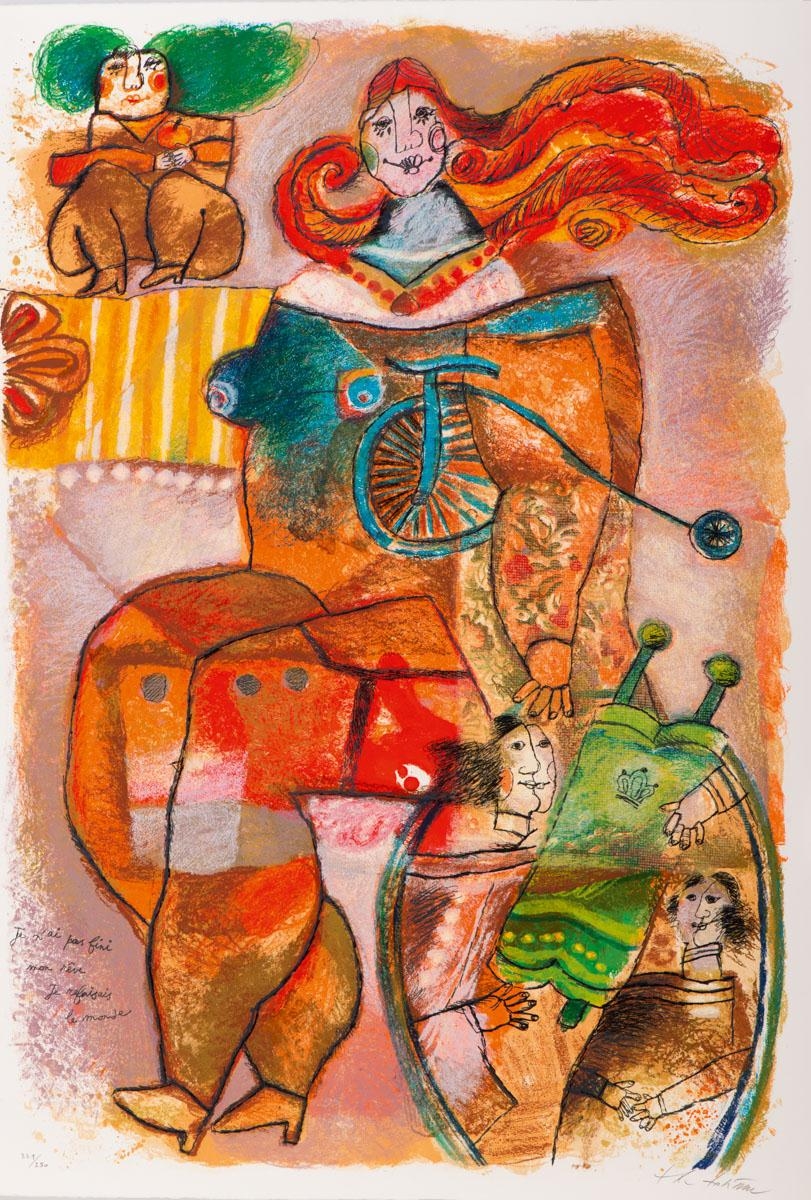When one thinks of the House of Cartier, that designer brand of timepieces and jewellery, one would think of classic designs best accompanied with a quietly elegant sense of style. But a turn at an exhibition featuring creations from its Heritage Collection recently spun my head around on two counts: that Cartier has a radical history, and that a respect for tradition is best matched with a daring for innovative side-steps into the untried and unprecedented.
The exhibition was The Art of Cartier, a collection of specially commissioned jewellery and precious objects comprising over 100 pieces specially repurchased in the past twenty years, and selected to tour the world since 1989. Its priceless gig at the National Museum of Singapore recently – the collection’s first showing in South-east Asia, was indeed a timely one as the last Preview Season event for the newly renovated Museum before its official re-launching.
I arrived at the Museum aptly located on Stamford Road on the very last day of the The Art of Cartier, organised by the legendary maison, and presented by the Museum. This cosy collaboration between a Singaporean public organisation and a French designer-brand corporation at the Museum’s new extension, called Gallery Theatre, was truly dramatic – spotlit glass-cases nestled into staggered redbrick walls where the Cartier creations held sway like holy grottos. In this seemingly religious ambience a volunteer guide provided a spirited commentary. An enthusiastic gaggle of perfectly coiffured tai-tai’s and curious sunbaked backpackers toured the exhibits like pilgrims of gemstones and precious metal.
Right from the start The Art of Cartier was an exceptional journey in time, in the history of design, and in quick glimpses into the lifestyles of the very rich and terribly famous. It seemed that Cartier was the choice of European royalty as well as Indian Maharajas, who would arrive at the Parisienne jeweller’s workshop with crates full of precious stones for the Cartier artisans to set in exquisite designs.
The route of the exhibits begins with designs from the Belle Epoque era of the early 1900s. It was here that Cartier innovation trail-blazed its own course, employing for the first time platinum, which lent itself to mounts and settings that were as delicate as they were solid, and which showed off the sparkle of diamonds in a way gold and silver never could.
Enamel, hardstone and a daring combination of colours were also the hallmark of Cartier. And the maison’s design inspirations came from as far-flung places as the Middle East, and China, capturing the imagination of those who had a penchant for the priceless, the exotic and the singularly unique.
Materials, motifs, ideograms, mythical creatures and divinities inherited from these places exotic and unfamiliar to the West, were incorporated bravely into Cartier designs. Each must have caused quite a sensation in their time. Cultural fusion, long before the phrase had been coined, and of an exquisite craftsmanship that would have set Cartier way ahead of any other jewellers then.
Nature may have inspired Cartier, but their artisans ensured that any one Cartier floral and animal designs would be bold and assertive in its materials, posture and architecture. Some boasted highly articulate structures, where wings quivered and tails could lash one way or the other.
Hollywood celebrities too had their day with Cartier. Gloria Swanson, one of the silver screen’s earliest icons would be immortalised flashing not just one but two diamond, platinum and rock crystal bracelets fashioned by Cartier in what has been described as prefiguring jewellery as fashion accessory.
One of the hallmarks of Cartier design is in the creation of their ‘mystery clocks’, where their hands seem to float in space without any visible connection to the movement. Utilizing crystal discs and an intricately concealed mechanism, Cartier mystery clocks are quite a sight to behold. I was mesmerised for quite a while as time passed, well … ‘mysteriously’.
Other notable exhibits were the sword designed for Jean Cocteau, the famous ‘Crocodile’ necklace for Mexican actress Maria Felix, and the ostentatious creation for the Maharaja of Patiala – a heavily jewelled and gem-ed up number that would turn Elton John green with envy, or make Liberace do double-flips in his grave.
While I am not really very much into jewellery, The Art of Cartier was quite an experience. It reminded me that when inspiration meets innovation, and when some daring is part of the mix, that is perhaps when some history can be left behind for others to gape at in total awe. I know I did. And it wasn’t even because of their price tags.
(761 words)
The Art of Cartier was presented by National Museum of Singapore from 30th December to 17th October 2006.
(This piece was published in the February 2007 edition of THE HILT.)
Prose, poetry and prattle: some published, and some ... well, not yet.
Wednesday, 29 November 2006
Subscribe to:
Post Comments (Atom)




No comments:
Post a Comment